Federated Health Charities’ mission is to improve the health and quality of life of Ontarians. We believe education and prevention are key parts of this. Check out our latest Health Hint on how to prevent & manage diabetes!
What is Diabetes?: Type I and Type II Diabetes
Type I diabetes is a condition where the pancreas is not able to create insulin which is required to regulate the amount of sugar in our bloodstream. Type II diabetes occurs when the pancreas’ insulin production is insufficient and the body cannot effectively use the insulin that is produced. Type II diabetes is much more prevalent and usually develops in adulthood. To read more about diabetes, you can read this info sheet from Diabetes Canada. While genetics will always play a role, there is a lot you can do to prevent or manage type II diabetes. If you are concerned about your susceptibility to type II diabetes, this article has helpful information about pre-diabetes.
What role does food play in managing diabetes?
One of the main concerns for people with diabetes is managing their blood sugar levels by eating foods with a lower glycemic index, which is defined as “is a ranking of carbohydrates on a scale from 0 to 100 according to the extent to which they raise blood sugar (glucose) levels after eating.” (glycemic index research page). Carbohydrates have the strongest effect on blood glucose and insulin levels. “Low GI carbohydrates – the ones that produce smaller fluctuations in your blood glucose and insulin levels – is one of the secrets to long-term health, reducing your risk of type 2 diabetes and heart disease. It is also one of the keys to maintaining weight loss.” (glycemic index research page).
Foods that do not have a glycemic index are those which do not have carbohydrates. Here is a scale for low, medium, and high levels for GI:
- 0-55 = Low-GI
- 56-69 = Medium-GI
- 70-100 = High-GI
Your blood sugar goes up when you eat a meal containing carbs. How high it goes and how long it remains high depends on the GI of the food. The goal is to eat foods with lower GIs to reduce blood sugar spikes and insulin resistance. This helps to prevent your pancreas from overworking and losing its effectiveness over time. Diabetes Canada has a great glycemic index food guide.
Food substitutions to help lower the glycemic load on your body
It can be hard to make meal replacements and eat less of our favourite sugary foods. Diabetes Canada has many excellent and concise resources to help you eat healthy while managing diabetes. This article has tips to overcome common eating challenges while The University of Sydney has a database of many different kinds of foods along with their glycemic index. As a general best practice, read the food label to check the amount of sugar in a serving. Here are some tips for lowering the glycemic index of your meals:

Breakfast
If you like eating toast for breakfast, try substituting white bread for spelt, sourdough, or pumpernickel, which have for lower GI ratings. It may take some time to get used to different bread flavours. Be sure to read the packing to pick bread with the least amount of added sugar.
For cereals, try staying away from the sugary varieties. Different milk products also have an impact on your blood sugar levels.
If you like oatmeal, try sticking to unprocessed steel-cut or rolled oats. Instant oatmeal often has added sugar which can raise you blood sugar levels. To sweeten your oatmeal or cereal, try adding fruits like apples, berries, peaches, pears and plums.
Lunch & Dinner
Foods with a GI close to or at zero have no (or minimal) carbohydrates. These include most types of cheese, eggs, meats, fish, oils, and some nuts. Most vegetables and legumes have low GIs and are a great addition to your lunches and dinners! Sometimes we have wine, beer, or other alcohol with our dinner. You can reference this article to learn more about alcohol and diabetes.
Dinner foods with low GIs
| Foodstuff | Glycemic Index (GI) |
|---|---|
| Lentils | 15 - 30 |
| Beans | 10 - 40 |
| Sweet Potatoes | 40 - 50 |
| Winter Squash | < 40 |
| Tomatoes | < 10 |
| Lettuce | < 10 |
| Pasta (wholegrain, durum wheat) | 20 - 50 |
| Rice (low amylose) | 10 - 40 |
| Cauliflower | < 10 |
Dinner foods with higher GIs
| Foodstuff | Glycemic Index (GI) | |||
|---|---|---|---|---|
| Mashed Potatoes | 80-100 | |||
| Instant White Rice | 70 - 100 | |||
| Pasta (rice or corn based) | 70 - 90 | |||
| Watermelon | 70 - 80 |
Snacks
If you like sweets, try to stick to fruits. For salty snacks, popcorn has a GI of about 55. Peanuts, walnuts, and almonds have very low GIs (0-10s). Nuts are generally good for keeping you feeling full for longer periods of time! If you are really craving chocolate, try going for the dark, unsweetened variety with high cocoa content.
If you have diabetes, you may need to do more complicated carbohydrate counting. You can read about carb counting here.
Conclusion
Eating healthy can be a challenge for all of us! To read more about general healthy eating habits, click here for Canada’s Food Guide site. Do your best to make healthy substitutions, watch portion sizes, and indulge occasionally and responsibly!
We hope you’ve enjoyed our latest Health Hint!
Written by Jennifer Nemcik
NOTE: This article is intended to provide general health tips based on available research. You should consult with a health care professional for specific medical and dietary instructions that are right for you.
References
University of Sydney Glycemic Database: http://www.glycemicindex.com/foodSearch.php
University of Sydney Glycemic FAQ: http://www.glycemicindex.com/faqsList.php#22
https://www.diabetes.ca/DiabetesCanadaWebsite/media/Managing-My-Diabetes/Tools%20and%20Resources/eating-away-from-home.pdf?ext=.pdf






